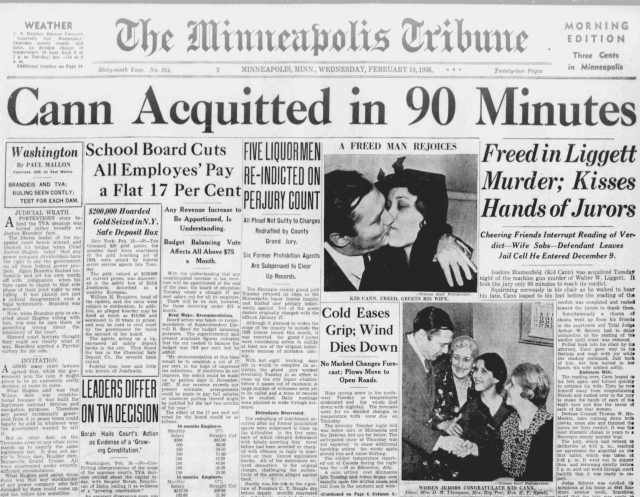The 6-Minute Rule for News Articles
Table of ContentsNot known Facts About News ArticlesExcitement About News ArticlesHow News Articles can Save You Time, Stress, and Money.The Facts About News Articles UncoveredRumored Buzz on News Articles
Good understanding of different topics gives trainees an one-upmanship over their peers. Also though electronic and social media sites are easily obtainable, we ought to not neglect exactly how vital it is to check out the newspapers. Moms and dads should attempt and inculcate the habit of reading a newspaper as a day-to-day regimen to proceed the tradition of the revered print tool.Newspaper article also consist of at least one of the following crucial characteristics family member to the desired audience: distance, prestige, timeliness, human passion, strangeness, or effect. The related term journalese is often made use of, usually pejoratively, to refer to news-style writing. One more is headlinese. Papers usually comply with an expository writing style.
Within these restrictions, information stories also aim to be comprehensive. Other factors are involved, some stylistic and some derived from the media form. Amongst the bigger and a lot more recognized papers, justness and balance is a major aspect in providing details. Commentary is normally confined to a separate area, though each paper might have a different general slant.
Papers with a global audience, for instance, often tend to utilize a much more official design of writing. The specific selections made by a news electrical outlet's editor or content board are often gathered in a design overview; common design guides consist of the and the US News Design Book. The major goals of information writing can be summarized by the ABCs of journalism: precision, brevity, and clearness.
What Does News Articles Mean?
As a rule, journalists will certainly not use a lengthy word when a brief one will certainly do. Information writers try to avoid using the same word more than once in a paragraph (sometimes called an "resemble" or "word mirror").
Nonetheless, headings often omit the subject (e.g., "Leaps From Watercraft, Catches in Wheel") or verb (e.g., "Cat lady lucky"). A subhead (also subhed, sub-headline, subheading, caption, deck or dek) can be either a subordinate title under the primary headline, or the heading of a subsection of the post. It is a heading that precedes the major text, or a group of paragraphs of the primary message.

of a write-up topic, source, or interviewee), it is described as a pulled quote or draw quote. Additional signboards of any of these kinds might show up later check out here on in the write-up (especially on subsequent web pages) to entice more analysis. Journalistic internet sites in some cases use animation techniques to swap one billboard for one more (e.g.
Excitement About News Articles
Such signboards are likewise used as tips to the article in other areas of the publication or site, or as advertisements for the piece in other magazine or sites. News release of the Swiss government. Common structure with title, lead paragraph (recap in strong), other paragraphs (information) and contact information.

Instance of a hard-lead paragraph NASA is suggesting another room job. The budget demands around $10 billion for the job.
An "off-lead" is the 2nd most essential front web page news of the day. To "hide the lead" is to begin the post with history details or details of second significance to the viewers, forcing them to review more deeply into a write-up than they ought to have to in order to uncover the important factors.
News Articles - The Facts
Usual use is that or 2 sentences learn this here now each form their own paragraph. Journalists normally define the organization or framework of an information tale as an upside down pyramid. The essential and most fascinating aspects of a tale are placed at the start, with sustaining details adhering to in order of lessening importance.
It allows people to explore a topic to only the deepness that their inquisitiveness takes them, and without the charge of information or subtleties that they can take into consideration unnecessary, yet still making that details readily available to extra interested viewers. The upside down pyramid framework likewise allows short articles to be trimmed to any arbitrary size throughout design, to fit in the space available.
Some authors begin their stories with the "1-2-3 lead", yet there are several kinds of lead readily available. A kicker can refer to multiple points: The last story in the information broadcast; a "happy" tale to finish the program.
Longer posts, such as magazine cover posts and the items that lead the inside areas of a newspaper, are recognized as. Feature stories vary from straight news in numerous ways.
Some Known Facts About News Articles.
The journalist usually details interactions with interview topics, making the item more personal. A function's initial paragraphs often associate an interesting moment or event, as in an "unscientific lead". From the details of a person or episode, its view rapidly expands to generalizations concerning the story's subject. The section that signals what a feature has to do with is called the or billboard.

The Editor's Toolbox: A Referral Overview for Beginners and Professionals (2001) Allan M. Siegal and William G. Connolly. The New York Times Handbook official source of Style and Use: The Official Style Overview Used by the Writers and Editors of the Globe's Many Reliable Newspaper (2002) M. L. Stein, Susan Paterno, and R.